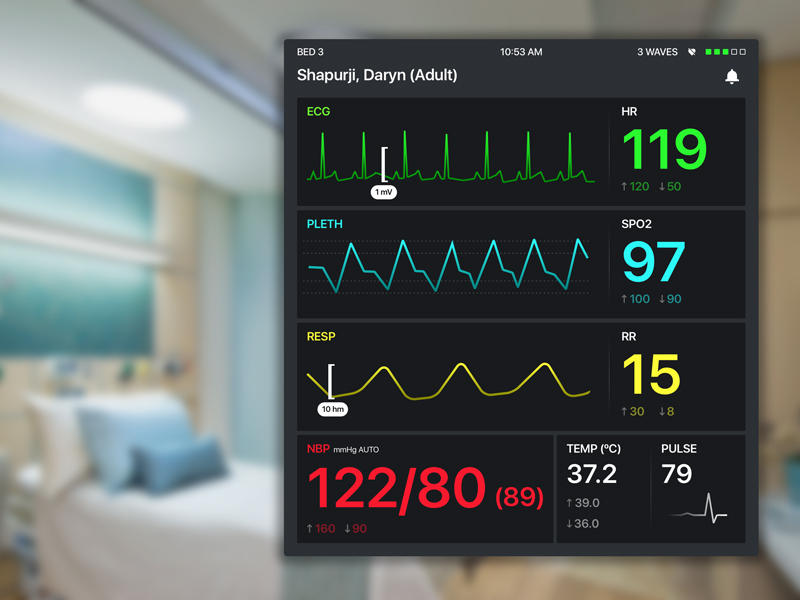

“When you exercise, you’re using energy,” explains Travers. Using a heart rate monitor during workouts lets you track key information besides just how fast your heart is beating. An electronic heart rate monitor can give you accurate, real-time data. You can get a rough estimate by monitoring your own pulse the old-fashioned way – feeling it in your wrist or your neck – but that can be disruptive to your actual workout. Many models let you analyze data via a computer and having that data allows you to interpret your workout and better understand the benefits from your exercise. They are transmitted to a wristwatch or data center. Heart rate monitors work by measuring electrical signals from your heart. “Maintaining a certain heart rate for a prolonged period of time can help you burn more calories and fat while also improving your cardiovascular health,” Travers says.īut it’s also possible to overexert yourself, and a heart rate monitor can alert you to that danger, too. What it comes down to is what information is important to you, especially during your workouts.ĭuring exercise, your heart rate is a key indicator of how intense your workout is. You can maintain an active, healthy lifestyle filled with exercise without one. No, it’s not required that you bring a heart rate monitor into your workout routine. Exercise physiologist Chris Travers, MS, walked us through what you should know if you’re considering a heart rate monitor. That number alone can tell you a lot about your workout, your recovery and your general health. One piece of information that stands out is your heart rate. We do not endorse non-Cleveland Clinic products or services. Advertising on our site helps support our mission. Cleveland Clinic is a non-profit academic medical center.


 0 kommentar(er)
0 kommentar(er)
